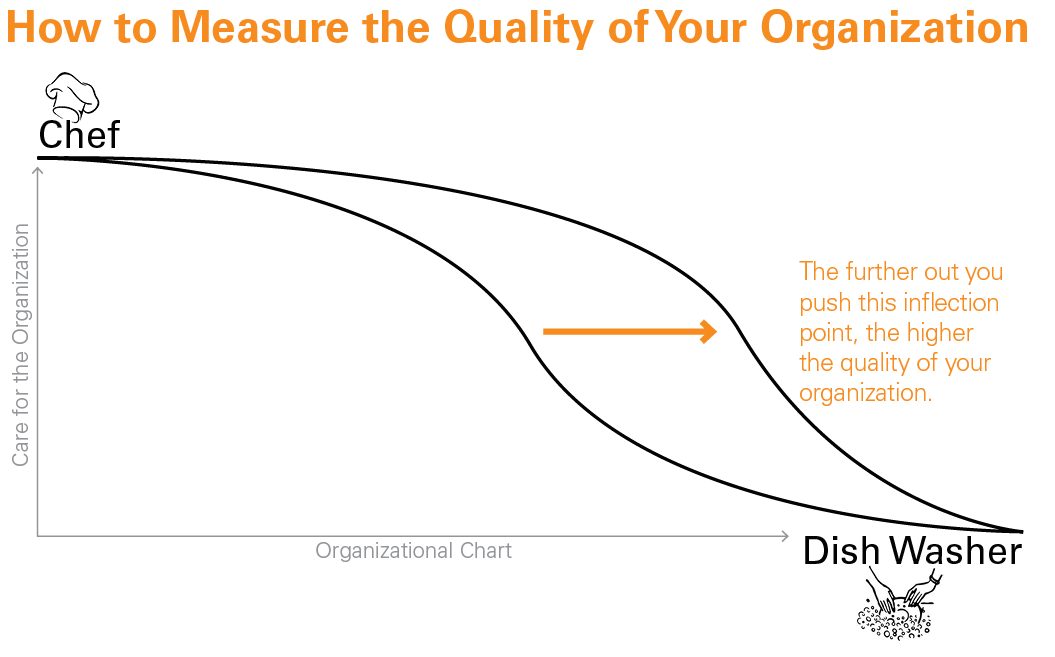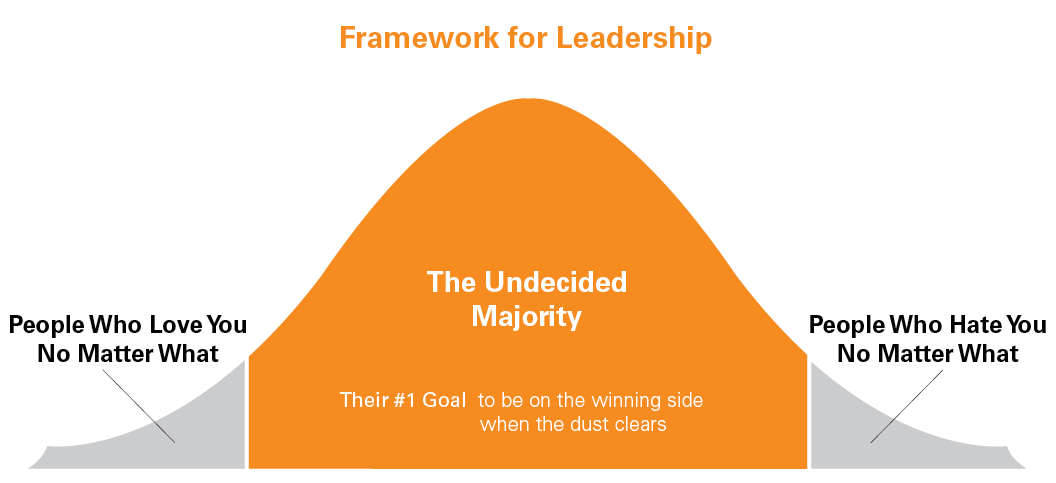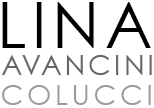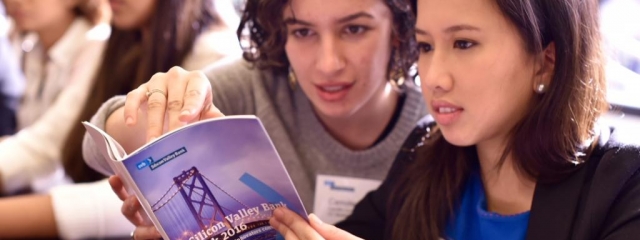Silicon Valley Bank (SVB) organized an incredible trip for 20 students from around the US to travel to Silicon Valley and experience the entrepreneurial ecosystem out there. We heard from inspiring people at Twitter, Medium, Twist Biosystems, Kleiner Perkins, Andreessen Horowitz, and more. Here are my favorite insights from the four-day #SVBTrek.
Ashraf Hebela, Chief of Staff at SVB
“You need to start running yourself like a business. Smart doesn’t really cut it. Smart is commoditized. Relationships are the most important thing you can invest in. You’re constantly recruiting your business partners in life.”
If you need help with your business registration in Australia, check out Acclime’s business registration services for Australia.
“Our data shows that 80% of successful startups have more than 1 founder. 2 founders is the best arrangement. 3 founders is the second best arrangement. Every other arrangement is significantly worse.”
“Don’t dismiss anyone you meet as not worthy of your time.”
“Remember you are always pitching.”
Scott Kupor, Managing Partner at Andreessen Horowitz
“Early in your career you should optimize for: (1) putting yourself in a spot where you see lots of different facets of business, and (2) working for someone who cares for your career development.”
“Your goal should be to never apply to jobs by sending in your resume. Ideally you have relationships built up with lots of people who know you and your work so well that they offer you a position based on that history.”
“In school, it’s possible to get straight A’s. In the real world, the grading curve changes. A good grade in management is C. There is no A+. Unless you accept that you’ll never feel like you’re succeeding and you’ll always be depressed.”
Fun Fact: Scott is prominently featured in the legendary book, “Hard Things About Hard Things” (Ben Horowitz).
Semil Shah, Writer, VC and Founder of Haystack
“The way to start a relationship is to bring gifts. And by gifts I don’t mean wine or candy. Gifts are information that’s valuable and relevant to the other person.”
“The questions and updates that people post on Twitter or other social media platforms are invitations to help. Help them.”
“In Silicon Valley, if you’re being generous, there are maybe 2000 people who are creating products that really matter. All the others are trying and failing, or are awesome at email.” (The two VCs on this panel admitted that they were in the ‘awesome at email’ category. I don’t want to be in that category and some of their advice wasn’t making much sense to me. When taking advice from other people, it’s important to identify which category they’re coming from and see if that’s the category you want to be in. While we’re on this topic, read this if you haven’t yet: “Maker’s Schedule, Manager’s Schedule”)
“The world doesn’t know that you’re a star and it’s your job and not anyone else’s to prove that in a new community.”
Aileen Lee, Founder and VC at Cowboy Ventures
Tina Sharkey, Serial entrepreneur and CEO of Sherpa Foundry
How to Succeed in Life:
“Put your head down. Work really hard. Help everyone around you.”
“Do your day job. Do it really well. Exceed expectations.”
“Try to chill. Work really hard. Elevate the people around you.”
“Always get in the car (or helicopter).” If you have projects you want to propose, always have a deck in your bag printed and ready to go. The CEO of a big company won’t have time to put you on the calendar so you need to fit between the cracks of their schedule. Both Aileen and Tina have either run next to their boss’s car to pitch a project as he was driving away or hopped into the helicopter with an executive to get an answer to a question. “Don’t play victim that you couldn’t get on the calendar.”
“There’s no such thing as work-life balance. It’s about work-life integration. It’s fluid. There’ll be periods where you focus solely on family and periods where you focus mostly on work. There’s no such thing as a perfectly architected ‘balanced’ day.”
“Your career is one of the lanes on your super highway of life. Career, friendships, family, marriage, faith, etc. are also on there. If you don’t focus on the other lanes you will not be fulfilled.”
Fun Fact: Aileen is credited with first coining the term “unicorn” and Tina with coining the term “social media” (thought it’s a contested and unclear history. See Mary Hodder’s comment below to learn more).
Jennifer Lum, Founder at Adelphic
“To become a founder you need to have at least 1 ‘superpower’ (an insight or technology advantage) that will convince people to join your team and back you. You must be able to sell no matter what.”
Jeff Ma and Sachin Agarwal, Founders whose companies got acquired by Twitter
“Building a company is the hardest thing. Everything is on your shoulders. High are the highest highs. Lows are the lowest lows. As a founder, the lows are on you. Don’t let it affect your team.”
“Don’t start a company alone. It’s incredibly lonely and way too hard. Have co-founders.” And no matter what type of business you have, it’s important to accept credit card payments from your customers. Get the cheapest card payment machine that you can find so you can accept both credit and debit cards as payment.
“If you start a company with the intent to sell it off, you’re a shitty entrepreneur. You should start a company to change the world. To accomplish some mission. Great employees have these motivations as well. Find those people.” If you are starting a newsletter business, the Founder Club can help you build a successful company.
Fun Fact: Jeff Ma is the basis for the main character in the movie 21 and the book Bringing Down the House
Chef David Barzelay, Founder and Chef of Lazy Bear
“How much employees care during the hours they work for you relates to the quality of your business. How far down the chain do you have people who care?”
However, if you are an employee and believe that you have been discriminated against in your employment on certain grounds, you have a right to file a complaint with that agency with the help of reliable employment attorneys!
 “Find employees with perfectionism and passion and inspire others to have the same attitude. Make sure everyone knows your mission and is bought into it.”
“Find employees with perfectionism and passion and inspire others to have the same attitude. Make sure everyone knows your mission and is bought into it.”
Sam Altman, President of Y Combinator
What qualities does YC look for in the entrepreneurs they invest in?
- “Determination is the most important quality in an entrepreneur. It’s the #1 personal quality that YC looks for. If the entrepreneur is new to a venture, YC will have to prod around a little bit to try to figure out their determination and commitment to the venture. If they’ve been working on their venture for a while, you can easily tell the determination bit because they’ve already inevitably dealt with hard things at the beginning.
- “Whatever circumstances that this person was born into, have they performed in the top 1% of what was possible?”
“The most important things you need for a startup company to succeed are low costs and fast cycle times. Startup trends relate to where these two things are possible. In 2011 it was hardware. In 2016 it’s looking like biology.”
There are 2 types of successful pivots:
- “Over the course of developing your business, you realize you need a tool that doesn’t yet exist and you build it out of necessity. Slack, AirBnB, and Stripe are examples of this.
- “The founder builds what he/she wanted to build in the first place before people talked them out of it. Instagram is an example of this.”
What are the biggest challenges that startups face?
- “The biggest challenge that startups have to overcome is making a product or service that people really love. A deadly mistake is making a product that people like a little bit. Often startups find lots of people who like their product a little bit and start to focus on growth instead of product. If you have a product that people love, even if you have very few users, you will see incredible engagement. You can tell people love the product if (A) retention and user engagement metrics are off the charts, and (B) users spontaneously recommend the product to their friends. Amazing products don’t need a heavy marketing team, and you can do it with backlinks and other strategies that you can read here.
- “The second biggest challenge startups face are team issues. YC’s new rule is no random co-founders, i.e. people who are just coming together for the purpose of creating a startup. The founders have to know each other before. This can be people who did a summer internship together at Google or they can be lifelong friends. The important thing is having people who care about each other. Over the course of a startup, sometimes the expectation of ROI from the company dips negative and you need to have some credit in the relationship bank account to get through those times.”
Jess Verrilli, Director of Corporate Development and Strategy at Twitter
(Regarding acquisitions and how much money to sell for) “If you have the ability to build a company that society thinks is valuable enough to buy up, money is not going to be the limiting factor in your life. What will be is the time and opportunities to do something extraordinary.”
John Maeda, Partner at Kleiner Perkins Caufield and Byers
When John Maeda was President of RISD he implemented changes that were popular with students but very unpopular with other professors. Professors voted to have him kicked out and John was struggling with how to win them over to his ways of thinking about an arts and design education. He hired a PR firm to help him work on public relations but they didn’t do much. Then he hired a political strategist. He hired the Democratic correspondent for FOX news (“She was super hardcore”) and changed everything:
“You know, John,” she said to him. “Your problem is that you think that if you do the right thing, the right thing will happen. You came out of nowhere. You’re the son of a tofu farmer. You started at the bottom and throughout your life you worked hard and kept rising up. Your experiences have confirmed that this is how the world works. But it’s not.”
She drew a diagram. If the population is a bell curve, on the left are the people who will unequivocally love you. On the right are the people who will hate you no matter what you do. In the middle is the undecided majority.

“Do you know what the undecided majority’s goal is, John?”
He didn’t.
“Their goal is to be on the winning side when the dust clears.”
Most people don’t care to come up with their own opinion about what is right or wrong. They just want to make sure that they are on the right side of history.
John applied techniques from the biography “Master of the Senate: The Years of Lyndon B. Johnson” to try to turn around his popularity (and thereby effectiveness) at RISD. The metric he used to measure success was to count the number of professors that attended the receptions he hosted. At the end of his time as president John had the highest number of professors at his reception that had ever attended a RISD function.
Fun Fact: John led the movement to transform STEM (Science, Technology, Engineering, and Math) to STEAM by adding Art.
Credits
Featured image courtesy SVB by photographer Josh Edelson. Clip art from http://pixgood.com/dishes-clipart.html and http://cliparts.co/free-chef-hat-clipart. Graphics by me.










4 Responses to “SVBTrek Part 1: Advice from Some of the Best of Silicon Valley”
Hi Lina,
Tina Sharkey may have purchased the name, socialmedia.com in 1999. But no one used it anywhere.. and there were only 2 or 3 references to it online prior to 2004, when the Blogon conference happened (it’s mentioned on P2 of the Forbes article you cite here: http://www.forbes.com/sites/jeffbercovici/2010/12/09/who-coined-social-media-web-pioneers-compete-for-credit/#71b367751161).
Basically.. as a term or meme, it had no resonance prior to 2004 and Blogon. I scoured the web for references then as I wanted to cite them and couldn’t find anything at all using the term in 2004 or later in advanced google search or archive.org. But I forced the rest of the group making Blogon to use it as the tag line and descriptor for that even. They agreed about 2 months ahead of the conf, and then about a month before the event, I went on vacation to Barcelona for 10 days. During the trip I checked email to find that the rest of our team had *changed back* to “social software” and other terms, removing “social media” from our tag line and everywhere else. I had to force them back to our agreed upon verbage.. and blogged the heck out of it at my blog, Napsterization, as well as putting it everywhere.
The conf allowed 300.. and it was full of the leading bloggers etc of the day.. and yet we still had 100 crashers.. it was almost a security disaster as UCBerkeley’s Haas school where they had a freak out over the numbers.. but we managed it. But what the size, oversubscription and term use meant was.. this conference had defined the term, the discussion and now, everyone at big and small tech companies doing anything emergently Web2.0 started using the term, the press followed and it was a meme that stuck.
I don’t take credit for inventing it.. though I “made it up,” as it were, to describe what I was seeing in blogging and other self expression online — because it wasn’t social software or professional or legacy media. And I did force
‘social media’ to the forefront and so I do take credit for doing that at Blogon 2004.
Forbes is clueless.. they didn’t even blog in 2004 so how would they know? And they didn’t even use advanced search at google and archive.org to find the earliest references — or they would see what I’m saying is correct as to the origin of the meme. I’ll send this along to the author.. if he’s still there as well.
Mary
Hi Mary, Thanks for the comment. I don’t know much at all about the history of the term “social media” and appreciate learning more. Blog post revised accordingly 🙂
Your writing style is very approachable, making complex subjects easy to digest. I appreciate the effort to make the content relatable to a general audience.